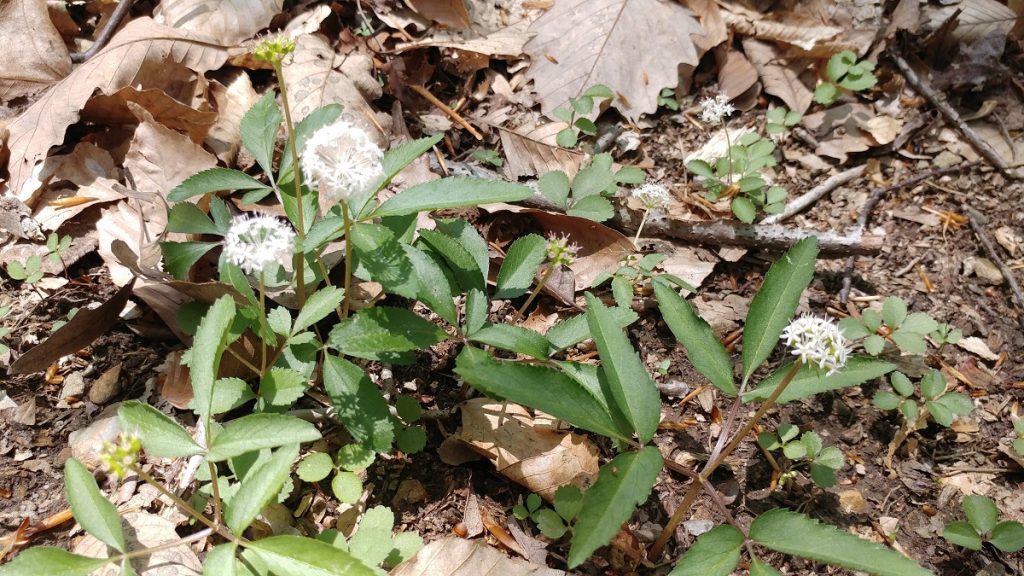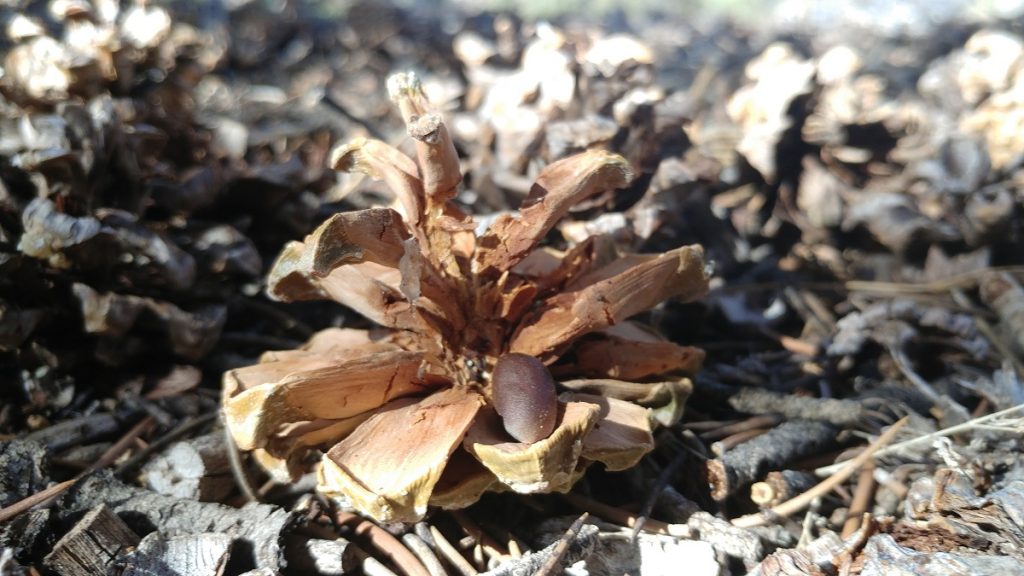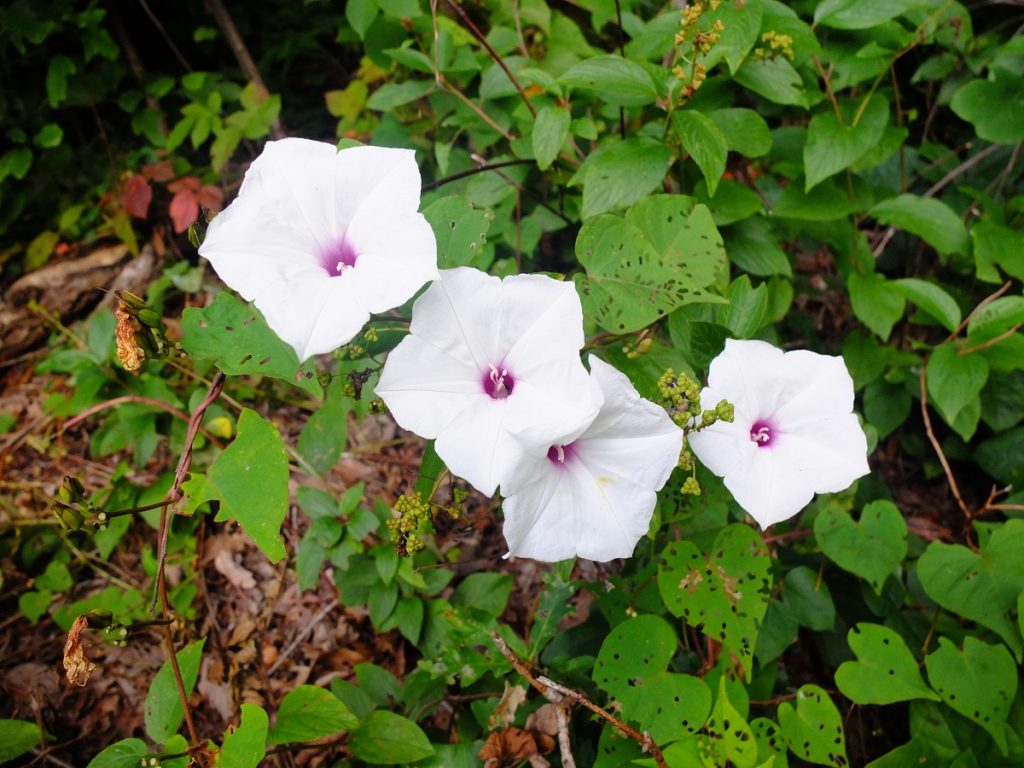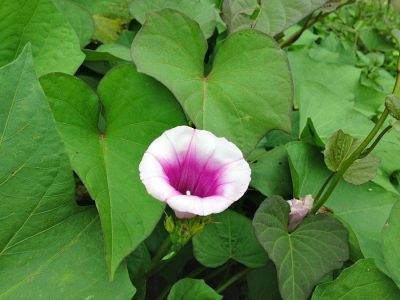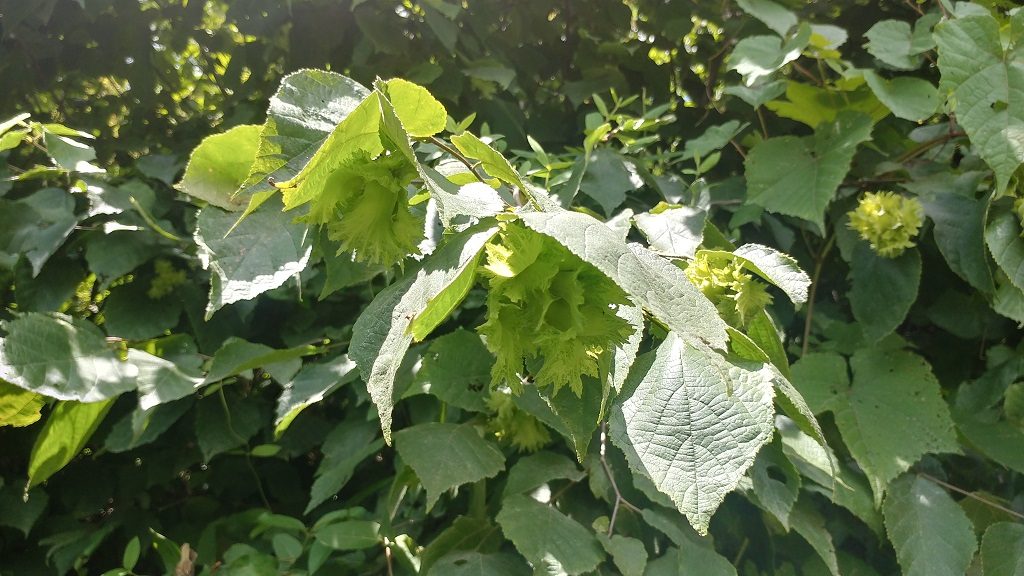
It is intimidating to begin writing about the hazelnut. Venerated for centuries in Europe as bestowing wisdom, knowledge, and health upon those who eat it, I can instinctively understand why. Hazelnuts are capable of providing for all of our staple dietary needs. They are tasty, good raw or cooked, and rich in unsaturated fats – up to 65% – also containing lots of phytoserols, proteins, vitamins, and minerals. Hazelnuts are productive, hardy, easy to work with, and the hazel wood has many uses from cordage to basketry, to woven fencing, to pruning and coppicing for fuel. Hazel wood can also be used medicinally in similar ways as the witch-hazel (Hamamelis). Hazels are a pioneering species, and are the first arrivals in several ways. They are the first to flower in the winter. Of all the nut-bearing plants they are the quickest to bear when grown from seed (doing so after just the first year, in exceptional cases). When the glaciers retreated ten thousand years ago, hazels were the first deciduous tree to colonize Europe (Pollen records show that hazelnut appeared in a dramatic flash, seemingly out of nowhere, 9-10 thousand years ago across that continent; it has been suggested that human actions were the cause.1). Hazels are one of the friendliest of nut trees. There are so many superlatives for such a humble plant.
Continue reading The American Hazelnut